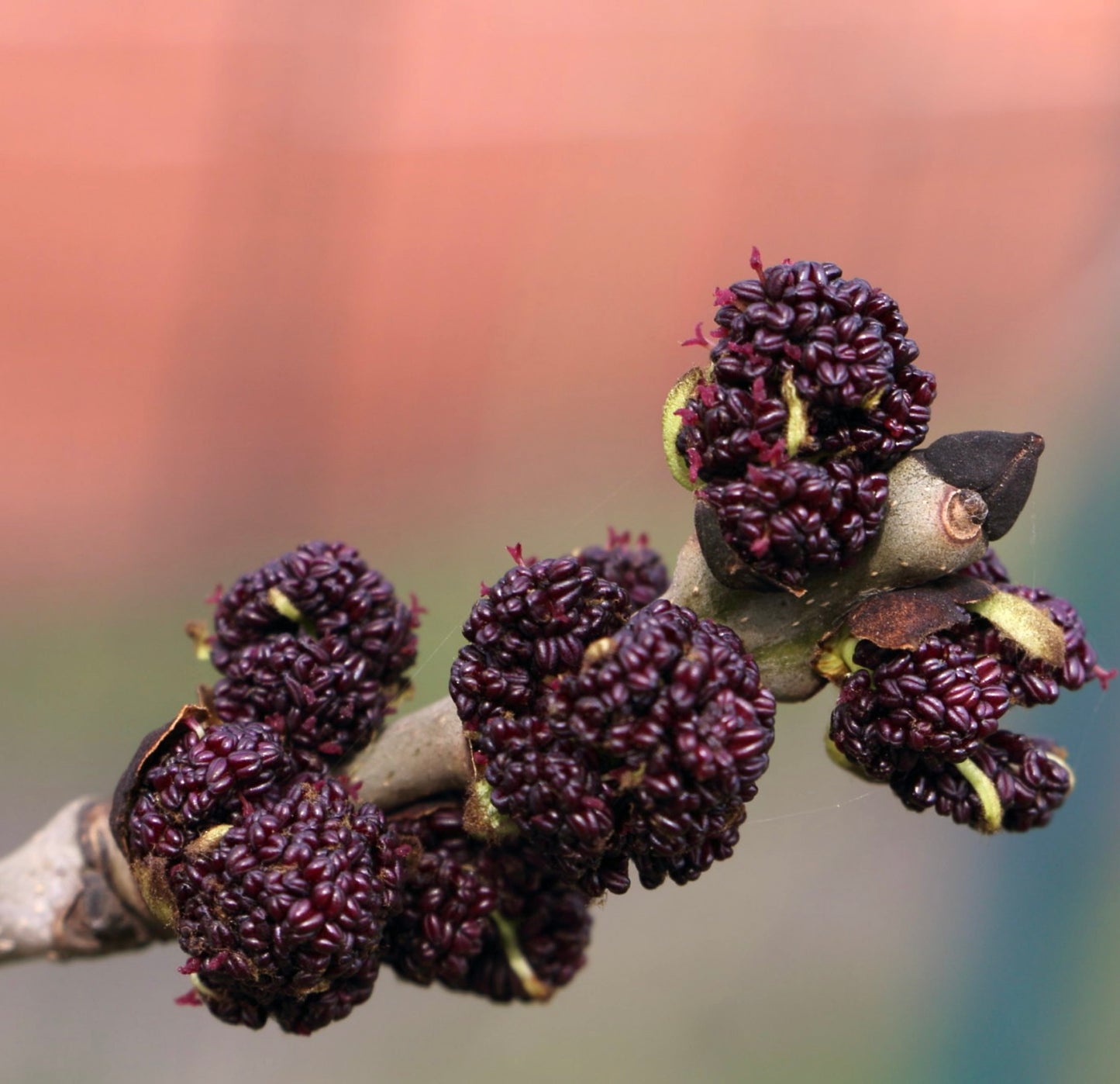- Catalogue Plants
Fraxinus excelsior
Fraxinus excelsior
Couldn't load pickup availability
Plant Description
Fraxinus excelsior, commonly known as European ash, is a large deciduous tree native to Europe and parts of Asia. This stately tree is celebrated for its tall, straight trunk, pinnately compound leaves, and its historical significance in various cultures.
Fraxinus excelsior is a majestic tree that typically reaches heights of 80 to 100 feet (24 to 30 meters), with some specimens growing even taller. Its trunk is gray-brown and often marked with diamond-shaped furrows. The pinnately compound leaves consist of 7 to 13 leaflets arranged opposite each other, providing a lush canopy during the growing season. In the spring, the tree produces small, inconspicuous flowers, and in the fall, it forms clusters of winged seeds known as "keys." European ash is valued for its timber, which is used in various woodworking applications.
Cultivation:
-
Climate and Location:
- European ash prefers temperate climates and can tolerate a range of soil types, although it thrives in well-drained, loamy soils.
- Plant it in a location that receives full sun or partial shade.
-
Planting:
- Choose a planting site with enough space to accommodate the tree's mature size.
- Dig a hole that is deep enough to accommodate the root ball and twice as wide as the root ball. Backfill with soil mixed with organic matter to improve fertility.
-
Watering:
- Young European ash trees require regular watering to establish their root systems. Keep the soil consistently moist, especially during dry periods.
- Once established, the tree is moderately drought-tolerant but benefits from occasional deep watering during prolonged dry spells.
-
Pruning:
- Prune European ash trees during late winter or early spring to remove dead, damaged, or crowded branches.
- Shape the tree as desired, but avoid excessive pruning, which can stress the tree.
-
Fertilization:
- Apply a balanced, slow-release fertilizer in early spring to promote healthy growth.
- Avoid over-fertilizing, as it can lead to excessive foliage at the expense of overall tree health.
-
Mulching:
- Apply a layer of mulch around the base of the tree to retain soil moisture, suppress weeds, and insulate the roots from temperature fluctuations.
-
Pests and Diseases:
- European ash trees may be susceptible to pests like the ash borer and diseases like ash dieback. Monitor for signs of infestations or diseases and treat promptly if necessary.
-
Propagation:
- You can propagate Fraxinus excelsior from seeds collected in the fall or by taking hardwood cuttings in late winter.
-
Landscape Use:
- European ash is commonly used in parks, woodlands, and large landscapes due to its imposing size and elegant appearance. It also serves as a shade tree along streets and in urban areas.
With proper care and attention to these cultivation tips, you can successfully grow and appreciate the beauty of the European ash tree in your outdoor environment.
IMPORTANT: Please be aware that picture 1 show adult plant not for sale, the offer is for a plant in the dimension indicated in title description.
Botanical family: Oleaceae
Botanical genus: Fraxinus
Botanical species: Fraxinus excelsior
SKU:BA-1839-S
Cultivation
Cultivation
Info and Disclaimers
Info and Disclaimers
Plant Height:
Plant Diameter:
Pot Size:
Grafted/Not Grafted:
Disclaimer: Be aware that most plants change across seasons. If present foliage, could have been fallen or change in its color.




